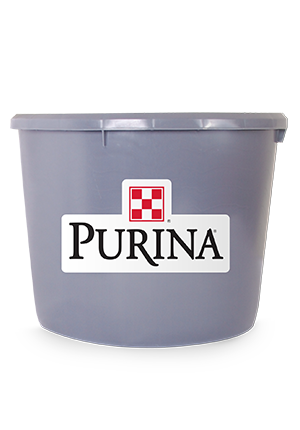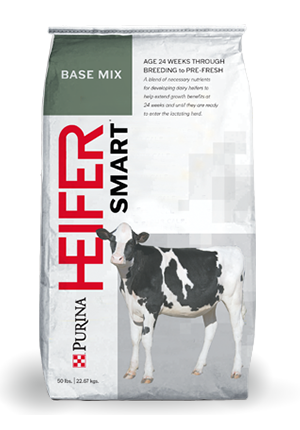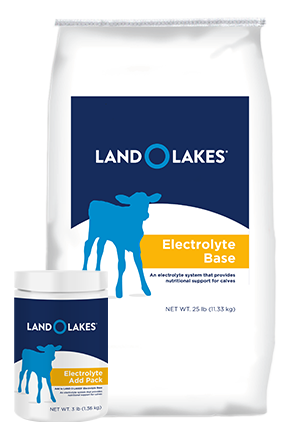
How to Get a Head-Start on Fly Control
Calf : Calf Management
Heifer : Heifer Management
Cow : Management

Summer’s heat seems far away. But it will be here soon and so will pesky flies.
Don’t wait for flies to emerge to start your cattle fly control program. For maximum effectiveness, now is the time to evaluate and start your fly control strategy.
“Starting a program before flies appear goes a long way in prevention for calves, heifers and cows,” says Gary Geisler, calf and heifer specialist with Purina Animal Nutrition. “A well-planned, holistic fly control program can keep calves healthier, maintain intakes and growth for heifers, and keep cows milking.”
So, how can you beat the buzz and protect performance?
“Implementing a feed-through larvicide before flies hatch will help keep fly populations in check. This type of control can help by reducing the first swarm of adult flies’ ability to reproduce,” says Geisler. “The earlier you break the life cycle, the fewer flies you’ll have buzzing around later.”
In addition to using a feed-through larvicide, these cattle fly control tips can help keep fly populations to a minimum:
Contact your local Purina representative to learn more, or visit our dairy cattle feed page to learn more about Purina® HEIFERSMART® Booster Tub ClariFly.
Because of factors outside of Purina Animal Nutrition LLC’s control, individual results to be obtained, including but not limited to: financial performance, animal condition, health or performance cannot be predicted or guaranteed by Purina Animal Nutrition LLC.
Don’t wait for flies to emerge to start your cattle fly control program. For maximum effectiveness, now is the time to evaluate and start your fly control strategy.
“Starting a program before flies appear goes a long way in prevention for calves, heifers and cows,” says Gary Geisler, calf and heifer specialist with Purina Animal Nutrition. “A well-planned, holistic fly control program can keep calves healthier, maintain intakes and growth for heifers, and keep cows milking.”
So, how can you beat the buzz and protect performance?
Consider a feed-through larvicide
A simple and effective way to control fly populations is to use a feed-through larvicide. This form of fly control:- Does not require additional labor as compared to other fly control options with multiple steps (i.e. pour-ons, ear tags, walk-throughs, etc.).
- Is easily combined with an Integrated Pest Management Program (IPM) – a multi-faceted approach to pest management to make the most of your fly control program.
- Has an Insect Growth Regulator in the manure where flies lay their eggs. This stops the fly life cycle by preventing fly larvae from molting into pupae and, eventually, adult flies.
“Implementing a feed-through larvicide before flies hatch will help keep fly populations in check. This type of control can help by reducing the first swarm of adult flies’ ability to reproduce,” says Geisler. “The earlier you break the life cycle, the fewer flies you’ll have buzzing around later.”
Look at the big picture: tips on holistic fly control
While a feed-through larvicide can help curb fly populations, it’s only one piece of the bigger IPM puzzle.In addition to using a feed-through larvicide, these cattle fly control tips can help keep fly populations to a minimum:
- Identify the type of flies present and locate where maggots might be. Identifying these will help eliminate additional fly breeding locations and determine how to make these areas less of an attractant for flies.
- Determine if there are any other forms of fly control that could help reduce populations in the areas identified.
- Clean all pens on a regular basis to help eliminate fly breeding sites and store manure and soiled bedding away from calf and heifer housing.
- Keep feed fresh and dry, as molasses can be an attractant for flies.
- Avoid accumulation of feed, manure and water, which will attract flies.
- Use scatter baits for adult flies as needed.
Contact your local Purina representative to learn more, or visit our dairy cattle feed page to learn more about Purina® HEIFERSMART® Booster Tub ClariFly.
Because of factors outside of Purina Animal Nutrition LLC’s control, individual results to be obtained, including but not limited to: financial performance, animal condition, health or performance cannot be predicted or guaranteed by Purina Animal Nutrition LLC.



